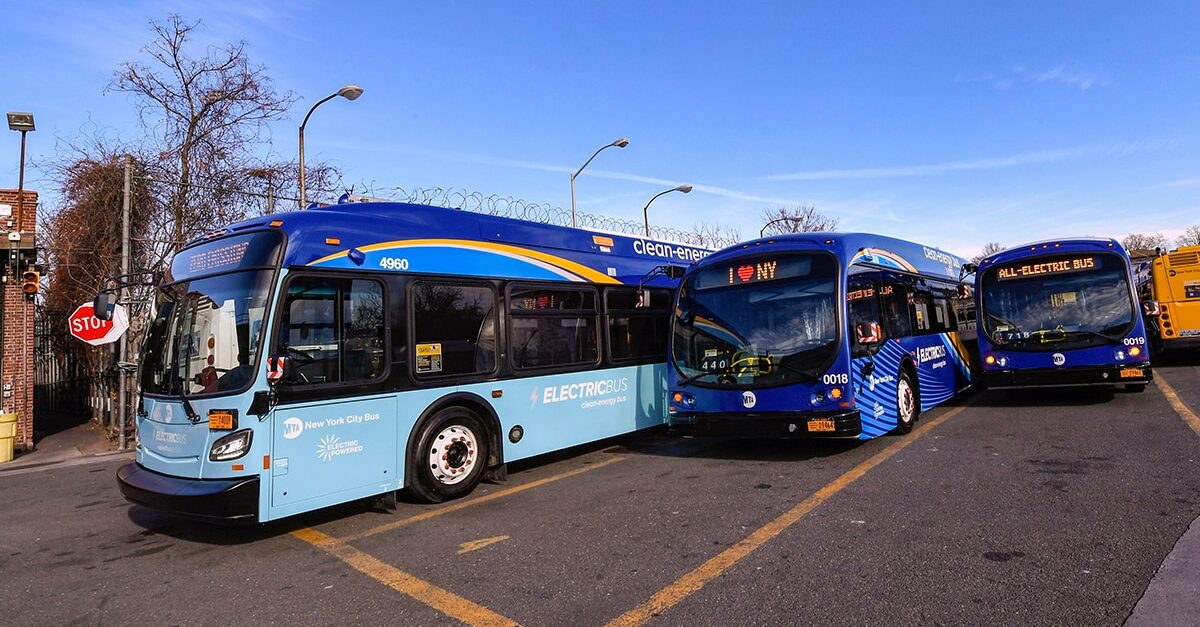Major breakthrough by @BoringCompany! https://t.co/pErVTCDLLV
— gorklon rust (@elonmusk) May 13, 2025
Why Surface-Level Smart Public Transit Beats Tunnels and Air Taxis for Dense Cities
In the race to solve urban mobility challenges, it's tempting to dream big: underground tunnels whizzing people beneath traffic, or air taxis zipping across the skyline. These futuristic visions dominate headlines, promising to "disrupt" how we move in cities. But let’s be clear—if the goal is to maximize traveler density per mile in already densely populated areas, the most efficient, scalable, and humane solution isn’t below or above—it’s right in front of us.
Surface-level smart public transportation is the answer.
The Tunnel Mirage
Elon Musk's tunnel concept, The Boring Company, proposes underground highways to bypass urban congestion. But beyond the significant engineering challenges and costs, there's a hidden toll: psychological discomfort. Being underground, often in confined vehicles with no natural light or orientation, is disorienting and stressful. Not everyone will choose that daily.
Moreover, tunnels are point-to-point, inflexible systems. Adding new stops or changing routes is almost impossible once infrastructure is built. And let’s not forget: underground spaces are inaccessible in emergencies, costly to maintain, and environmentally dubious when compared to surface alternatives.
Air Taxis: Fantasy in the Sky
Air taxis make for great science fiction and VC decks. But they come with loud noise, high energy use, intense safety requirements, and limited carrying capacity. The technology might mature, but it’s unlikely to ever serve more than a niche of high-income travelers.
Even if they become silent, safe, and semi-affordable, air space is limited, and the urban sky simply can’t scale to the density of footpaths, let alone roads or rail lines. They might be part of the mix, but they won't carry the bulk of a city's travelers.
The Smart Surface Revolution
What works is what already works—buses, trains, and taxis—but with a layer of intelligence.
Imagine a city where trains, buses, and last-mile shuttles (or even ride-hailing cabs) are seamlessly connected in a digital ecosystem. A traveler books a journey from Point A to Point B on one app, and behind the scenes, the system calculates the most efficient combo of transport modes. Your train, your connecting bus, your final mile tuk-tuk—all aware of each other’s location, capacity, and timing. No wait times. No gaps in the journey.
This is multi-modal transport, unified through AI and real-time data.
It offers:
-
High traveler density per mile at low marginal cost.
-
Psychological comfort—open skies, familiar environments, human scale.
-
Rapid scalability—you don’t need to dig or fly, just coordinate better.
-
Inclusivity—everyone, not just the wealthy, can afford and access it.
Conclusion: Futuristic Doesn’t Mean Floating
Cities don’t need to float in the sky or tunnel like moles to be efficient. The best systems are those that align with human behavior, economic reality, and existing infrastructure.
Yes, explore air taxis and tunnel tech. But don’t lose sight of the real future: a surface-level, intelligent, connected public transit network that feels as smooth as flying, without leaving the ground.
Urban mobility doesn’t need to reinvent physics—it just needs to talk to itself.
Why Surface-Level Smart Public Transit Beats Tunnels and Air Taxis for Dense Cities https://t.co/lakP9pHCXO
— Paramendra Kumar Bhagat (@paramendra) May 13, 2025




